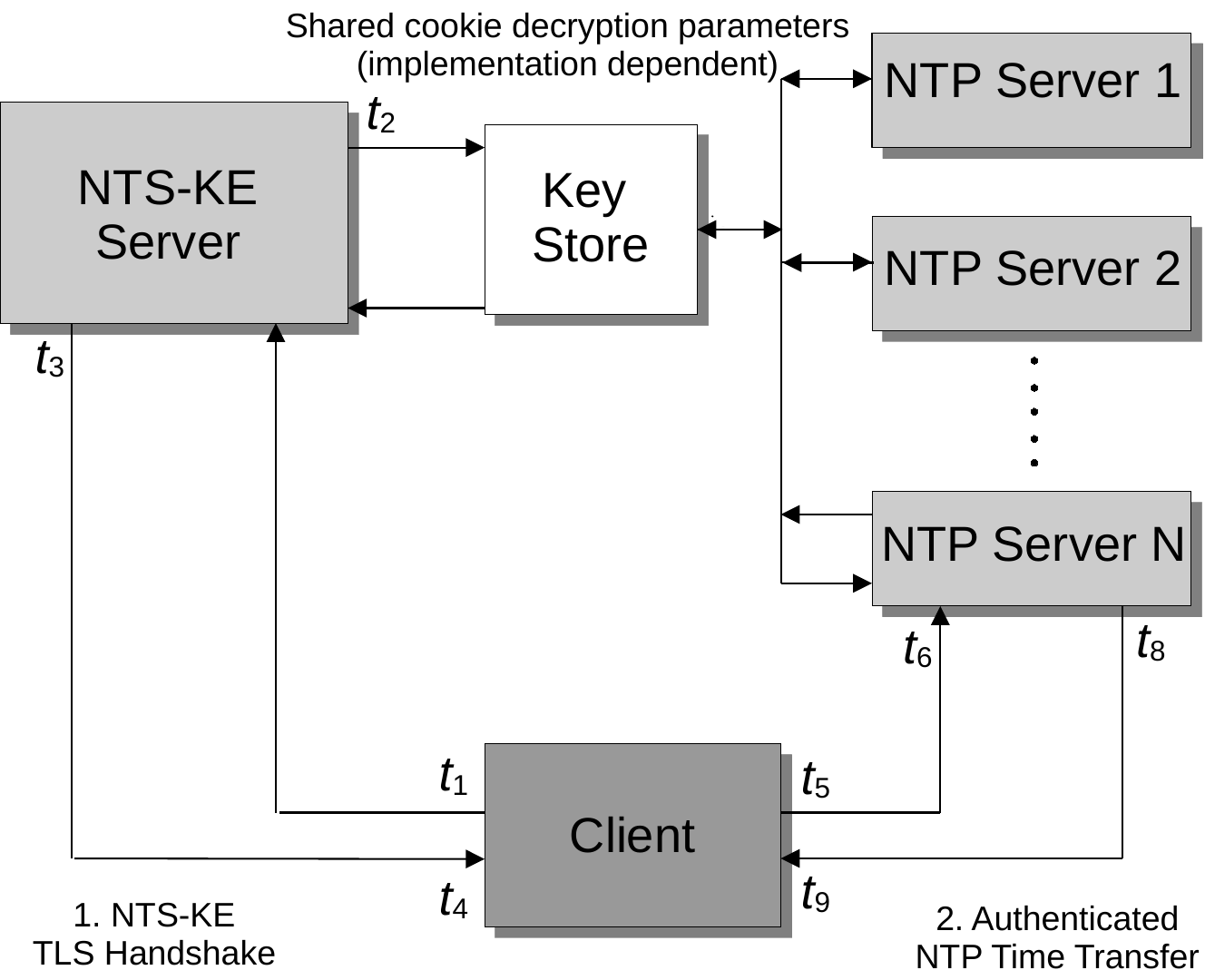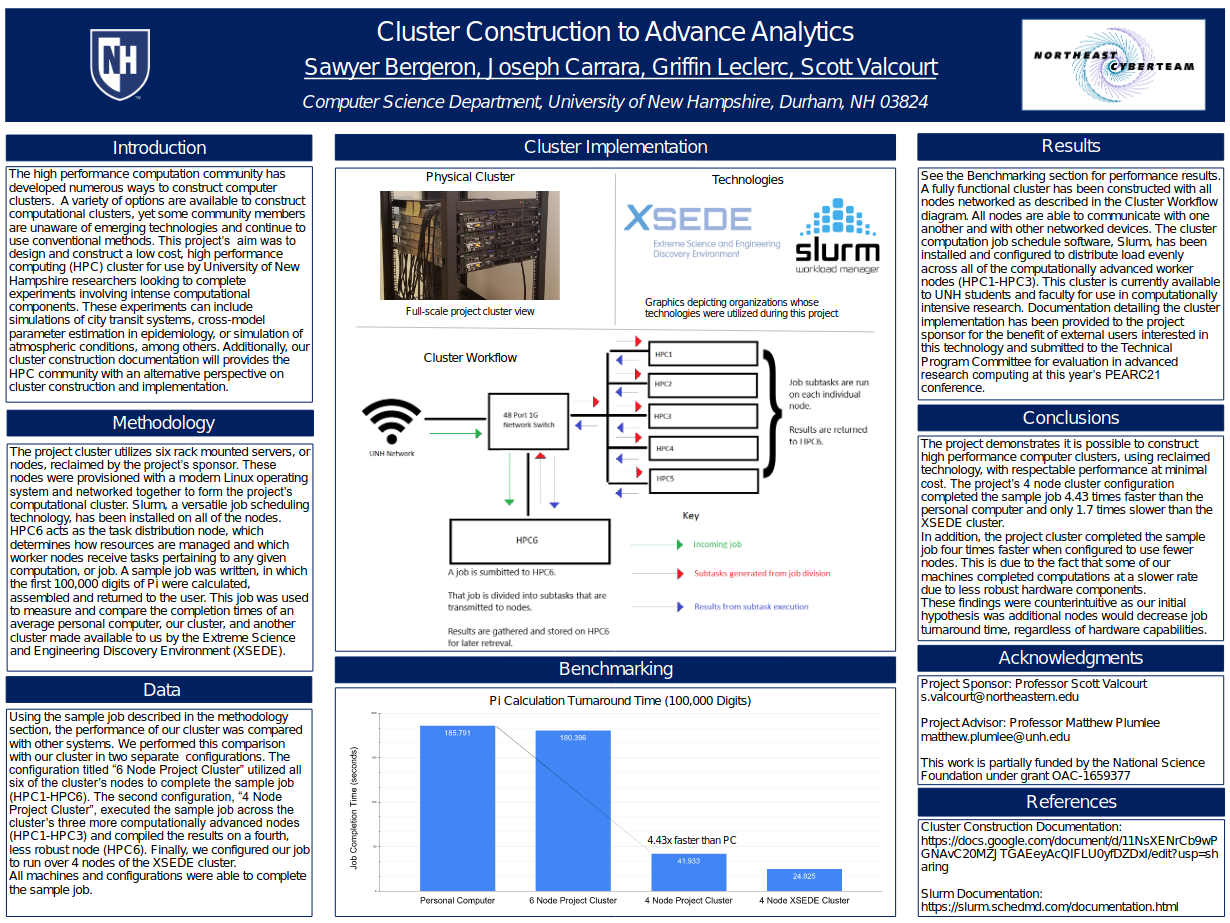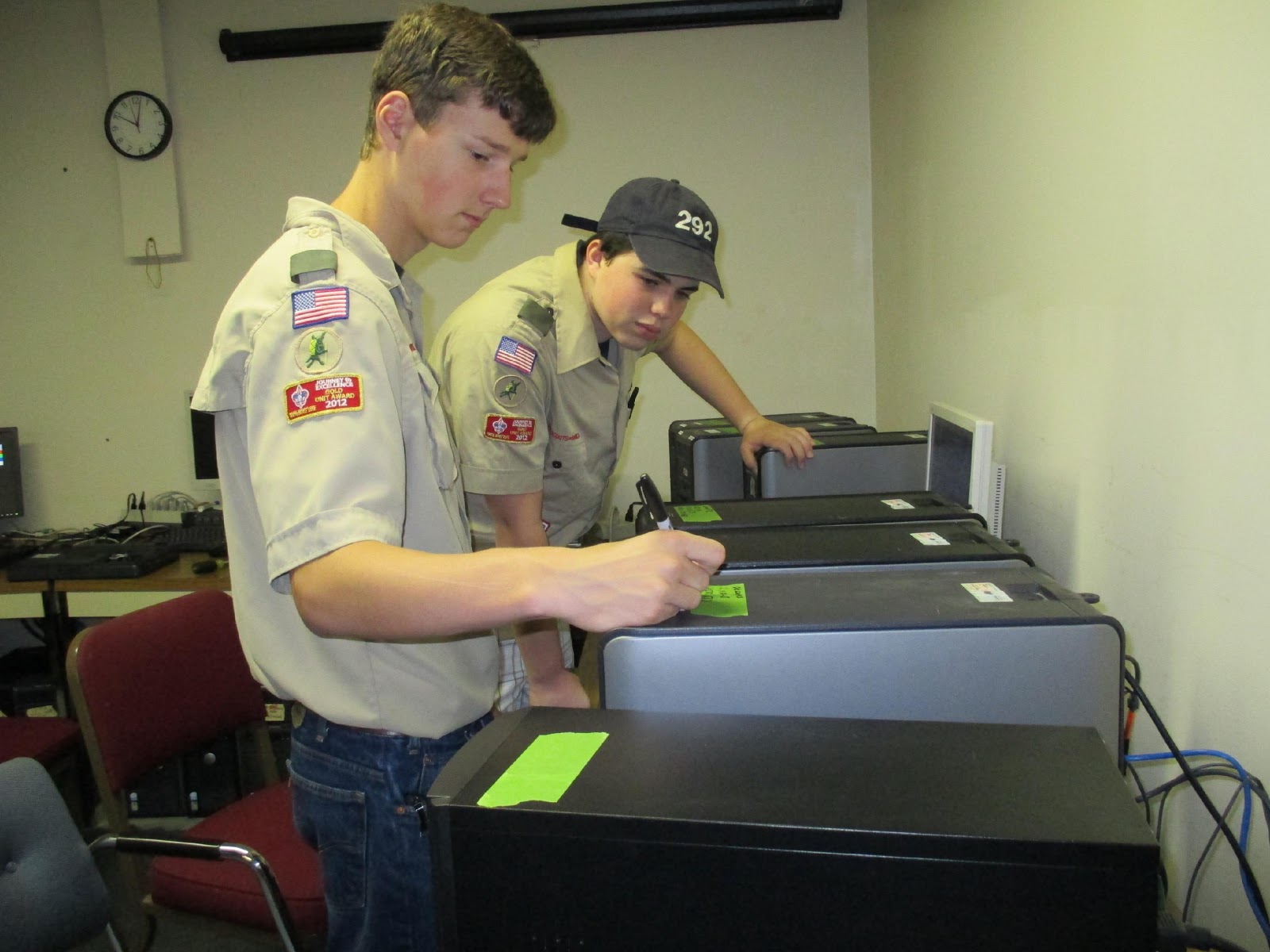Network Time Security for the Network Time Protocol (2022)

The focus of masters research: timing protocol performance. Specifically, how the authentication mechanisms introduced by Network Time Security (NTS) effected the performance of networked time transfer when compared to NTPv4.
My familiarity with the mechanisms of IEEE 1588 and 802.1AS, thanks to my time at the University of New Hampshire Interoperability Laboratory, enabled me to quickly understand NTP and NTS and begin research almost immediately.
An open source implementation of NTS had been previously developed by Cloudflare and was readily available. By augmenting this implementation, known as CFNTS, with Rust's built-in benchmarking framework, Cargo Bench, we were able to measure discrete time intervals on all machines in the secure time domain and compare their performance to unauthenticated NTP.
This study determines both the performance and scalability of NTS, so two separate experiments were developed to complete each of these objectives individually. The first experiment utilized one client connected to one server in an unloaded environment to measure performance of NTS. The second suite implemented a many-to-one pattern where clients transmitted an increasing number of requests per second to a single server in order to simulate a large network and measure scalability of NTS.
After four months, my academic advisor, Doctor Radim Bartos, and I had completed our research work, the "Experimental Analysis of the Performance and Scalability of Network Time Security for the Network Time Protocol".
I am pleased to announce the acceptance of this work into the International IEEE Symposium on Precision Clock Synchronization for Measurement, Control, and Communication (ISPCS), where I presented the findings in Vienna, Austria in October 2022.
The final draft of this research work is available here.
The slides I utilized when I presented this work at ISPCS 2022 are available here.
The augmented version of CFNTS is available here.

